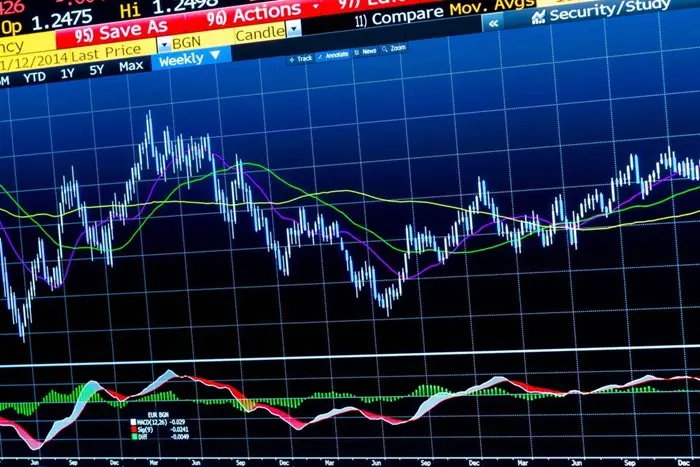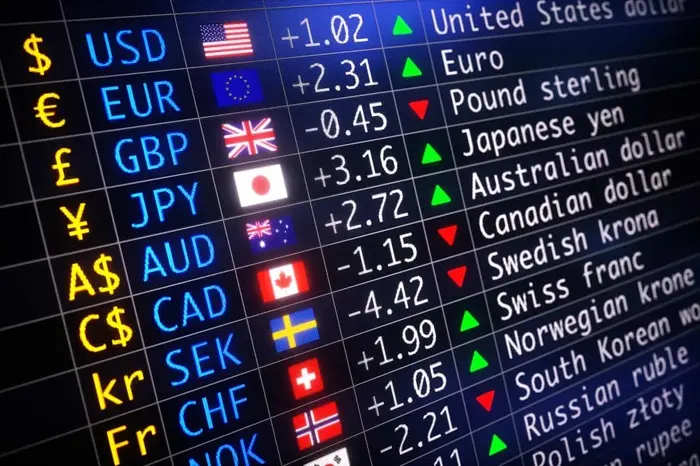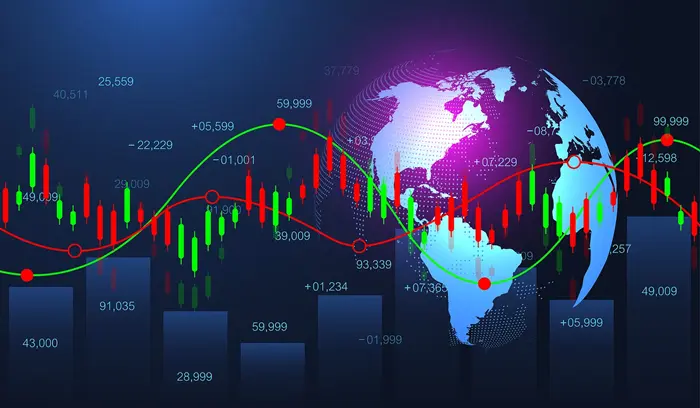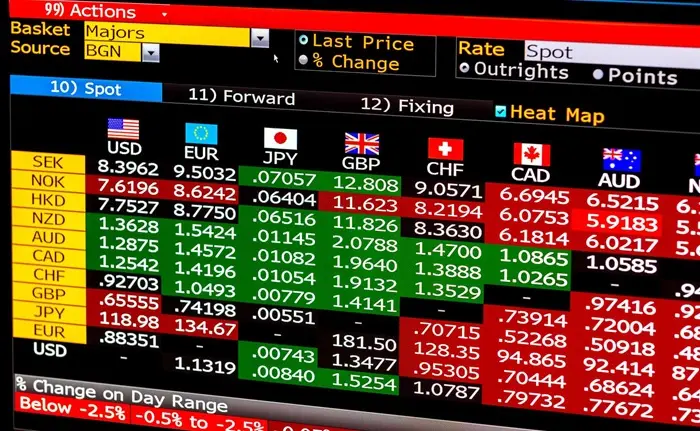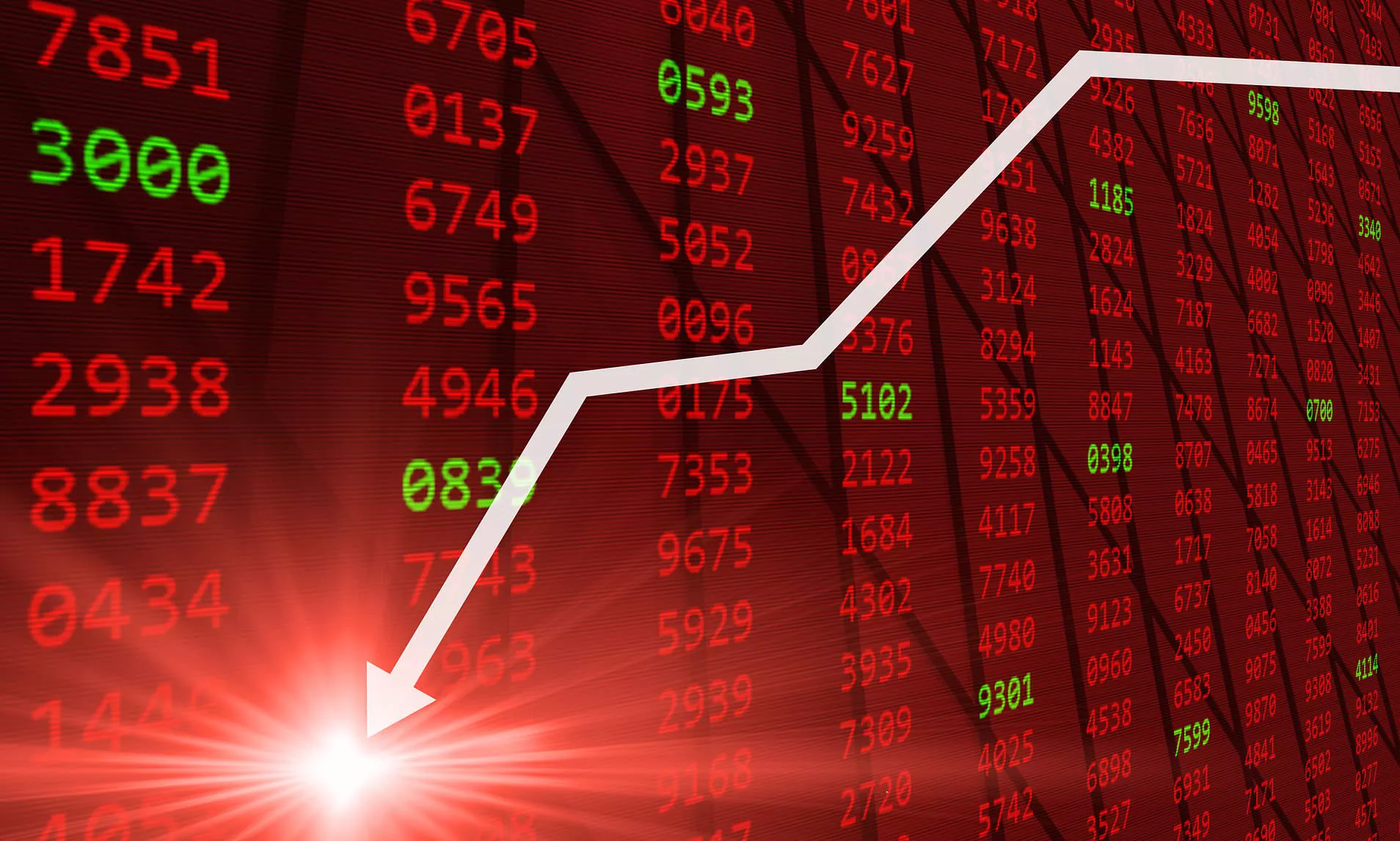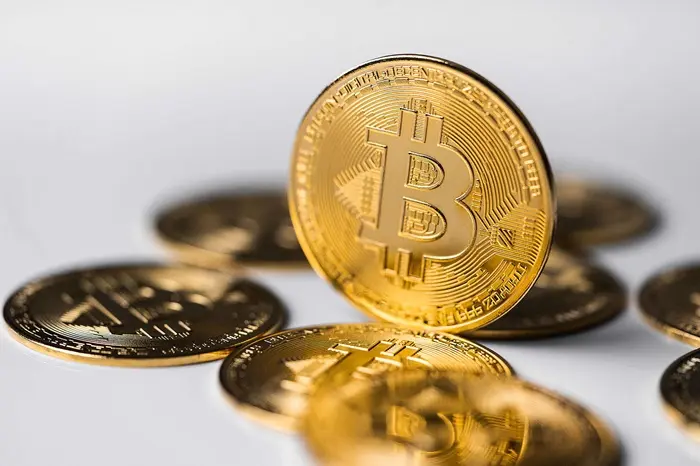Samsung, one of the world’s largest and most influential technology companies, has made a significant impact across multiple industries, including consumer electronics, telecommunications, and semiconductors. Its presence in the global market is vast, with millions of users and customers worldwide relying on its products and services. As a result, determining how much Samsung is worth is a crucial question for investors, analysts, and anyone interested in understanding its financial standing.
In this article, we will explore the value of Samsung, examining the various components that contribute to its worth, such as its market capitalization, assets, revenue, and the overall influence of its brands. We will also discuss the factors that influence Samsung’s value and how its worth compares to other companies in the tech sector. This analysis will help clarify Samsung’s standing in the global business landscape and give insight into the company’s potential for future growth.
Understanding Market Capitalization
The first and most common method used to assess a company’s worth is through market capitalization (market cap). Market capitalization is the total value of a company’s outstanding shares of stock. It is calculated by multiplying the current stock price by the total number of shares in circulation. This figure is often used as an indicator of a company’s size, financial health, and influence in the market.
As of the latest data, Samsung Electronics, the flagship subsidiary of the Samsung conglomerate, has a market capitalization that fluctuates depending on the stock price. The market cap gives investors an idea of the company’s size relative to other global players. At the time of writing, Samsung’s market capitalization is in the range of USD 400 billion to USD 450 billion, making it one of the largest companies globally.
1. Stock Price and Market Cap Fluctuations
Samsung’s stock price is heavily influenced by various factors such as earnings reports, product launches, global economic conditions, and market sentiment. The company’s stock tends to fluctuate in response to the broader trends in the global tech market, including the success of its semiconductor business, its mobile division, and shifts in consumer electronics demand.
The volatility in Samsung’s stock price impacts its market capitalization, and it’s essential for investors to keep track of these changes to evaluate the company’s worth accurately. Understanding the components of its market cap can help determine whether the company is positioned for growth or if it is facing challenges that could affect its valuation.
The Importance of Samsung’s Revenue and Profitability
While market capitalization offers a snapshot of Samsung’s worth based on its stock price, it’s important to look deeper into the company’s financial health by examining its revenue and profitability. Revenue is a key indicator of a company’s ability to generate income, while profitability reflects how efficiently it converts revenue into profit.
1. Revenue Breakdown by Business Segments
Samsung operates in several key business segments that contribute to its overall revenue. Some of the most significant areas of operation include:
Semiconductors: Samsung is one of the largest producers of semiconductors globally, supplying memory chips and processors for devices ranging from smartphones to servers and PCs. In recent years, the semiconductor business has been a primary driver of Samsung’s revenue and profit. The company’s dominance in this sector has allowed it to capture significant market share in the global semiconductor industry.
Consumer Electronics: Samsung is a leading manufacturer of smartphones, TVs, home appliances, and other consumer electronics. The smartphone division, in particular, is one of the most important revenue generators for the company, with its Galaxy line of smartphones being popular worldwide. Additionally, Samsung’s innovations in smart home devices and TVs have bolstered its presence in the global consumer electronics market.
Display Panels: Samsung is a major player in the display panel market, producing OLED and LCD panels for smartphones, TVs, and other devices. The company’s display division is crucial in its overall revenue, as it supplies panels to not only its own products but also to other leading brands like Apple.
Telecommunications: Samsung is also a significant player in the telecommunications industry, supplying network equipment, mobile devices, and accessories. Its leadership in the rollout of 5G technology has positioned it as a key player in the telecom sector, and its business in telecommunications continues to grow.
As of the most recent financial reports, Samsung’s revenue from these business segments totals approximately USD 250 billion to USD 300 billion annually, with the majority of this income stemming from its semiconductor and consumer electronics divisions.
2. Profitability and Margins
In addition to revenue, profitability is another critical indicator of Samsung’s worth. The company’s profitability is influenced by factors such as the cost of production, market competition, and product demand. Samsung has consistently posted strong profit margins, thanks in part to its market dominance in semiconductors and smartphones.
Samsung’s profit margins tend to fluctuate based on the performance of its various business segments. For instance, the semiconductor division often generates higher profit margins than its consumer electronics division due to the high demand for memory chips and the relatively low cost of production compared to finished consumer electronics. As a result, Samsung’s profitability can be highly sensitive to shifts in global semiconductor demand, pricing pressures, and competition from other manufacturers.
Samsung’s operating profit for recent years has typically ranged from USD 30 billion to USD 40 billion annually, reflecting its efficient operations and strong position in the market. However, its net profit can vary due to factors such as currency fluctuations, taxation, and other non-operating expenses.
Assets and Liabilities
While revenue and profit provide a clear picture of Samsung’s financial performance, its overall worth can also be evaluated by considering its assets and liabilities. Assets include everything the company owns that has value, while liabilities represent what the company owes.
1. Total Assets
Samsung’s total assets, which include everything from cash reserves and investments to factories and intellectual property, are crucial in assessing its overall worth. As of the most recent financial data, Samsung’s total assets are estimated at around USD 400 billion to USD 450 billion. These assets include:
Cash Reserves: Samsung has substantial cash reserves, which are a key factor in its ability to weather economic downturns, invest in new technology, and pay dividends to shareholders.
Intellectual Property: Samsung holds a significant portfolio of patents related to semiconductors, mobile technology, and consumer electronics. This intellectual property adds value to the company and provides a competitive advantage in the marketplace.
Real Estate and Manufacturing Facilities: Samsung owns numerous manufacturing facilities, offices, and research centers worldwide. These physical assets are integral to the company’s ability to produce and distribute its products efficiently.
2. Liabilities and Debt
Despite its large asset base, Samsung also carries liabilities, including both short-term and long-term debt. As of the latest reports, Samsung’s total liabilities are estimated to be in the range of USD 150 billion to USD 200 billion. This includes debt related to its operations, as well as liabilities from research and development investments and the expansion of its business.
Samsung’s ability to manage its debt is an essential consideration when evaluating its worth. Although it holds significant cash reserves, its liabilities must be carefully managed to avoid financial strain. Nonetheless, Samsung’s strong revenue generation and profitability help mitigate the risks associated with its debt.
Comparison with Other Technology Giants
To fully understand how much Samsung is worth, it’s useful to compare the company to other major players in the technology sector. Some of the companies that Samsung competes with include Apple, Microsoft, and Alphabet (the parent company of Google).
1. Apple
Apple is often considered the world’s most valuable technology company. Its market capitalization regularly exceeds USD 2 trillion, driven by strong sales of its iPhone, Mac computers, and other hardware products. Although Samsung competes with Apple in areas such as smartphones and consumer electronics, Samsung has a more diverse revenue stream, including a significant semiconductor business.
2. Microsoft
Microsoft, with its cloud computing services and software products, has a market capitalization of approximately USD 2.3 trillion. Unlike Samsung, which is heavily focused on hardware manufacturing, Microsoft derives much of its revenue from software and cloud services. Both companies are leaders in their respective sectors, with Microsoft dominating the software and cloud industries, while Samsung leads in semiconductor production and consumer electronics.
3. Alphabet
Alphabet, the parent company of Google, has a market capitalization of about USD 1.7 trillion. While Samsung is primarily focused on hardware and semiconductors, Alphabet generates the majority of its revenue through advertising and digital services. However, both companies are crucial players in the technology sector and share some common business areas, such as artificial intelligence and autonomous driving technologies.
Future Outlook and Potential for Growth
Samsung’s future value is influenced by several factors, including its ability to innovate, expand its market share, and adapt to new technologies. While the company has faced challenges, such as increased competition and economic slowdowns, it remains well-positioned for future growth. Its leadership in the semiconductor industry, strength in mobile devices, and investments in emerging technologies like 5G and artificial intelligence provide a solid foundation for continued success.
1. Innovation in Semiconductors
Samsung’s semiconductor business continues to be a major driver of its value. The company is a leader in the production of memory chips, which are used in everything from smartphones to data centers. As demand for advanced semiconductors continues to rise, Samsung’s position in the market is likely to strengthen, further boosting its overall worth.
2. Expansion into Emerging Technologies
Samsung is actively investing in emerging technologies such as 5G, artificial intelligence, and the Internet of Things (IoT). These technologies have the potential to drive significant revenue growth and increase the company’s market value over time. Samsung’s ability to capitalize on these trends will be crucial in maintaining its competitive edge and sustaining its long-term worth.
Conclusion
As of the latest estimates, Samsung’s worth stands at approximately USD 400 billion to USD 450 billion, based on its market capitalization and financial performance. The company’s dominance in semiconductors, consumer electronics, and telecommunications, along with its significant revenue generation, positions it as one of the most valuable companies globally.
Samsung’s future growth will depend on its ability to continue innovating and adapting to the rapidly changing technology landscape. As the company navigates challenges and capitalizes on new opportunities, its value will likely continue to evolve, making it an important player to watch in the global market.
Understanding Samsung’s worth requires an appreciation of the various factors that influence its market cap, revenue, profitability, and future growth prospects. By considering these aspects, investors and analysts can better gauge the company’s financial health and potential for success in the years to come.
Related Topics:



